Results 6,071 to 6,080 of 12091
Thread: Anandtech News
-
06-14-16, 01:00 PM #6071
Anandtech: OnePlus Launches The OnePlus 3
Today OnePlus announced their newest flagship phone, the OnePlus 3. The OnePlus 3 replaces the OnePlus 2, while the OnePlus X stays around as the less expensive OnePlus device with a smaller display. I reviewed the OnePlus 2 at the end of last year, and unfortunately I was forced to conclude that it actually represented a significant downgrade from its predecessor in many ways. Some of this was due to choices OnePlus had made with the product design, such as the very poor display calibration. Others were out of their control, like the throttling issues on Qualcomm's Snapdragon 808 and 810 SoCs. A combination of these factors led to a smartphone that just wasn't able to compete in an increasingly competitive market.
With the OnePlus 3 OnePlus has a chance to fix the issues with the OnePlus 2 and once again offer a compelling smartphone at a price lower than that of the flagship smartphones sold by the larger Android OEMs. To accomplish this, OnePlus has made very large changes on both the inside and the outside, making the OnePlus 3 the largest jump that a OnePlus smartphone has made to date. You can check out the specs of the OnePlus 3 compared to its predecessor in the table below.
OnePlus advertises that the OnePlus 3 is 35% faster with CPU tasks and 40% faster with graphics tasks. We've seen that Snapdragon 820 provides significant improvements in performance over Snapdragon 810, especially with Snapdragon 810's throttling problems. In the case of the OnePlus 3, they're probably selling themselves short with these figures due to the OnePlus 2's power management mechanism which completely disables the A57 cores when web browsing, along with the fact that it used an underclocked Snapdragon 810 that didn't stand up well under any sort of prolonged load.OnePlus 2 OnePlus 3 SoC Qualcomm Snapdragon 810 Qualcomm Snapdragon 820 GPU Adreno 430 Adreno 530 RAM 2/4GB LPDDR4 6GB LPDDR4 Display 5.5" 1920 x 1080 IPS LCD 5.5" 1920 x 1080 PenTile AMOLED Size / Mass 151.8 x 74.9 x 9.85mm, 175g 152.7 x 74.7 x 7.35mm, 158g Rear Camera 13MP 1.3 μm OmniVision OV13860 f/2.0 16MP 1.1 μm Sony IMX298, f/2.0, OIS Front Camera 5MP 1.4 μm OmniVision OV5648, f/2.0 8MP 1.4 μm Sony IMX179, f/2.0 Storage 16/64GB eMMC 64GB UFS 2.0 I/O USB 2.0 Type-C connector, 3.5mm audio Connectivity 802.11a/b/g/n/ac + BT 4.1
USB-C, GPS/GNSS802.11a/b/g/n/ac + BT 4.2, USB-C
NFC, GPS/GNSSPrice $329 (3GB/16GB)
$389 (4GB/64GB)$399 (6GB/64GB)
In addition to the SoC bump, OnePlus has gone all out with the RAM. The OnePlus 2 came in a 2GB and a 4GB version, although I mostly only saw the 4GB model for sale. With the OnePlus 3 they include 6GB of LPDDR4 RAM in every model, which is ahead of pretty much everything else in the smartphone market and probably more than you'll need on a phone for many years. As for storage, every model is 64GB now, and OnePlus is now using UFS 2.0 NAND instead of eMMC, which makes the remaining flagship vendors using eMMC look rather awkward in the market given that the OnePlus 3 comes in at under $400.
The display maintains its size and resolution, but OnePlus has moved to an AMOLED panel and is targeting the NTSC color gamut. Unfortunately, neither of these things seem like improvements, with the effective resolution of red and blue on the panel now being halved, and the color gamut not conforming to the sRGB standard as it should. I'll be putting the OnePlus 3 through our standard display workflow with the full review, and if you value an accurate display I would wait until that time before you make up your mind about buying the phone.
OnePlus has moved back to Sony sensors for the cameras on the OnePlus 3. What I find interesting but potentially concerning is that the sensor size has actually gone down, and although resolution has gone up the pixel size has decreased from 1.3 micron to 1.12 micron. However, differences in sensors can have various impacts on their characteristics, and the OnePlus 2 had some significant issues with image processing which means it's still very possible that the OnePlus 3 has improved with respect to image quality. However, it does seem like a concession made to reduce the camera hump on the relatively thin chassis, which some buyers may disagree with as a design choice.
OnePlus has moved to an aluminum unibody design with the OnePlus 3, and it's pretty great. I was really not a fan of the sandstone finish on the OnePlus One and OnePlus 2, which I frankly thought felt cheap and didn't even add much in the way of grip because it wasn't coarse enough. The OnePlus 2 introduced a metal frame, but it didn't do much to improve the feel of the phone. Along with the move to a full aluminum unibody comes a dramatic reduction in thickness and mass, which makes it significantly more comfortable to use for long periods of time than the OnePlus 2. While I'll cover the design in more detail in my review, I can say for certain that I like the design very very much as both an improvement over the OnePlus 2 and a design that is just good in its own right.
My review of the OnePlus 3 is already well underway, and it will be going up next week. There's a lot more to the OnePlus 3 than what you see on a spec sheet, and some of the choices that OnePlus has made to balance aspects like thickness and mass against battery capacity and camera sensor size make for some interesting changes going from a previous OnePlus smartphone to the OnePlus 3.
The last thing of note is that OnePlus has done away with the invite system. I personally thought the invite system was a ridiculous and terrible idea that only caused problems for people who wanted to buy the phone, and I think this is a big step forward for OnePlus as a company. After three generations they likely have a better idea of how many orders to expect, which may have been a contributing factor in deciding to do away with the invite process. Right now the OnePlus 3 comes in a graphite finish, and it will come in a gold finish soon after release. If you already know that you want the OnePlus 3 and want to buy it before anyone else, you can get it from OnePlus's online store for $399 USD.
More...
-
06-15-16, 07:16 AM #6072
Anandtech: Investigating Cavium's ThunderX: The First ARM Server SoC With Ambition
Today we're taking a look at Cavium's ThunderX, a highly integrated ARMv8 server SoC with 48 cores and lots of I/O. With the ThunderX, Cavium is looking to challenge Intel and their market-dominating Xeon lineup. Meanwhile Intel hasn't been standing still and has further improved the Xeon D line. To that end we've put Cavium's new server SoC to the test and compare it against the latest and greatest twelve and sixteen core Xeon Ds. And we also got a hold of the new Xeon E5-2640 v4 which holds the promise of being a SKU with an excellent balance between performance and power.
Can the ThunderX compete with the best Intel SKUs? Let's find out!
More...
-
06-15-16, 07:51 AM #6073
Anandtech: A Bit More on AMD’s Polaris GPUs: 36 & 16 CUs
Along with this week’s teaser of the forthcoming Radeon RX 470 and RX 460 at E3, AMD also held a short press briefing about Polaris. The bulk of AMD’s presentation is going to be familiar to our readers who keep close tabs on AMD’s market strategy (in a word, VR), but this latest presentation also brought to light a few more details on the company’s two Polaris GPUs that I want to quickly touch upon.
First and foremost, AMD’s presentation included a slide with pictures of the two chips, and confirmation on their full configurations. The larger Polaris 10 is a 36 CU (2304 SP) chip, meaning that the forthcoming Radeon RX 480 video card is using a fully enabled chip. Meanwhile the smaller Polaris 11 (note that these pictures aren’t necessarily to scale) packs 16 CUs (1024 SPs). This puts it a bit below Pitcairn (20 CUs) before factoring in GCN 4’s higher efficiency. Meanwhile as is common for these lower-power GPUs, AMD’s slide also confirms that it features a 128-bit memory bus.
AMD is expecting Polaris 11 to offer over 2 TFLOPs of performance. Assuming a very liberal range of 2.0 to 2.5 TFLOPs for possible shipping products, this would put clockspeeds of a high-end Polaris 11 part at between 975MHz and 1220MHz, which is similar to our projections for RX 480/Polaris 10. Note that AMD has not yet announced any specific product using Polaris 11, however as we now know that RX 470 is a Polaris 10 based card, it’s safe to assume that RX 460 is Polaris 11, and the over-2 TFLOPs projection is for that card.
Second, briefly mentioned in AMD’s press release on Monday was the low z-height of at least Polaris 11, and it pops up in this slide deck again. There was some confusion whether z-height referred to the laptop or the chip, but the slide makes it clear that this is about the chip. So it will be interesting to see how thin Polaris 11 is, how that compares to other chips, and just what manufacturers can in turn do with it.
More...
-
06-15-16, 05:44 PM #6074
Anandtech: Asus Announces Zenfone Pegasus 3
As a part of the Zenfone 3 family, Asus has released an entry-level model which vaguely resembles the Zenfone 3 but really has very little to do with the Zenfone 3 at all. The usual spec table can be found below.
As you might expect, this model is mostly targeted at China and isn’t sold outside of China at all, but may come to other regions in the near future. There’s nothing really special here but the relatively large battery should help with battery life unless there’s something glaringly wrong from a power efficiency perspective. It will be going on sale soon at 1300 RMB for the 2/16GB model and 1500 RMB for the 3/32GB model, or approximately 200 and 230 USD respectively. Colors available include gold, rose gold, silver, and gray.Zenfone Pegasus 3 SoC 1.3 GHz Octacore RAM 2/3GB NAND 16/32GB + microSD Display 5.2” 720p LCD Network 2G / 3G / 4G LTE Dimensions 149.5 x 73.7 x 8.6mm, 158g Camera 13MP Rear Facing f/2.2 5MP Front Facing f/2.0 Battery 4100 mAh (15.6 Whr) OS Android 6 w/ ZenUI 3.0
(At Launch)Connectivity 802.11b/g/n, BT 4.0, USB 2.0, GNSS Fingerprint Sensor Capacitive
More...
-
06-16-16, 07:06 AM #6075
Anandtech: ADATA Introduces Premier SP580 SSD: TLC NAND, LDPC and Marvell Controller
Last week, ADATA announced its new inexpensive lineup of SATA SSDs: the new Premier SP580 drives use Marvell’s 'Artemis' controller aimed at value storage, as well as TLC NAND flash from SanDisk.
The new ADATA Premier SP580 family consists of two models, with 120 GB and 240 GB of TLC NAND produced using 15 nm process technology by SanDisk. The new drives are based on the Marvell 88NV1120 controller and do not use DRAM cache, which lowers their cost and puts them further into the cheap SSD category: DRAM-less controllers are expected to populate the low-cost segment over the next year. The manufacturer declares 560 MB/s / 410 MB/s maximum sequential speed for the 120 GB version of the SP580 SSD. ADATA notes that the 120 GB version is slower than the higher-capacity model, but does not elaborate as to the 240GB specification. Keeping in mind SATA performance limitations and how these drives work, read performance of both Premier SP580 SSDs should be similar, but expect the 240 GB model to offer slightly better write performance.
The Marvell 88NV1120 controller was specifically designed for entry-level SATA drives. It enables SSD makers to build DRAM-less solid-state storage devices and supports pseudo-SLC caching to speed up writing performance of TLC NAND-based drives, a near-must feature on low capacity hardware. One of the most important capabilities of the Artemis controllers is support for Marvell’s third-generation NANDEdge error correction control and management technology. This is based on low-density parity-check (LDPC) code and reduces data errors, improves data integrity and thus should increase the endurance of NAND from constant rewrites.ADATA Premier SP580 Capacity 120 GB
ASP580SS3-120GM-C240 GB
ASP580SS3-240GM-CController Marvell 88NV1120 NAND SanDisk 15 nm TLC Sequential Read Up to 560 MB/s Sequential Write Up to 410 MB/s >410 MB/s TBW 70 TBW >70 TBW MTBF 1.5 million hours Form-Factor 2.5"/7mm Warranty Three years Availability Mid-2016
Formally, the Adata Premier SP580 is positioned above the Adata Premier SP550, which was introduced in August 2015, and should be one of the most affordable SSDs available. The SP550 is based on the Silicon Motion SM2246EN controller as well as TLC NAND from SK Hynix. Performance specifications declared by the manufacturer are similar for both drives, hence, it is impossible to even make guesses regarding their real-world performance because of different controllers and different memory.
What should be kept in mind is that the SP580 is DRAM-less and could be $1.5 – $2 cheaper (the average spot price of one 4Gb DDR3-1600 memory chip at press time was $1.454) to make than the SP550, assuming that other costs (NAND flash, controller, etc.) are the same. If ADATA managed to make a DRAM-less SSD faster than a drive with DRAM cache, this could be an important achievement. In particular, it could enable manufacturers to improve the performance of inexpensive SSDs while making them even more affordable.
The manufacturer plans to release the 120 GB model first and then follow up with higher-performance 240 GB configuration. The more affordable model carries a $49.99 price tag, whereas the 240 GB version will have MSRP of around $79.99.
Gallery: ADATA Introduces Premier SP580 SSD: TLC NAND, LDPC and Marvell Controller




More...
-
06-16-16, 08:04 AM #6076
Anandtech: ARM Announces Mali Egil Video Processor: VP9 Encode & Decode For Mobile
Earlier this month we took a look at ARM’s new Mali-G71 GPU. Based on the company’s equally new Bifrost architecture, Mali-G71 marks a significant architectural change for the Mali family, incorporating a modern thread level parallelism (TLP) centric execution design. The Mali GPU is in turn the heart of ARM’s graphics product stack – what ARM calls their Mali Multimedia Suite – but in practice it is not a complete graphics and display solution on its own.
As part of their IP development process and to allow SoC integrators to mix and match different blocks, the Mali GPU is only the compute/rendering portion of the graphics stack; the display controller and video encode/decode processor are separate. Splitting up these blocks in this fashion gives ARM’s customers some additional flexibility, allowing something like Mali-G71 to be mixed with other existing controllers (be it ARM or otherwise), but at the same time these parts aren’t wholly divorced within ARM. Even though they’re separate products, ARM likes to update all of the parts of their graphics stack in relative lockstep. To that end, with the Mali GPU core update behind them, this week ARM is announcing an updated video processor, codenamed Egil, to replace the current Mali-V550 processor.
The Mali-V550 video processor was launched back in October 2014, and these days is typically paired with Mali-T8xx series GPUs. V550 introduced basic HEVC support, and the forthcoming Egil processor will in turn build off of that. From a codec standpoint, the two principle additions to Egil are further fleshed out encode support for HEVC, and full encode/decode support for VP9.
On the encode side, V550 implemented a form of HEVC that ARM politely calls HEVC Lite, which is not too far removed from doing limited HEVC encoding with an H.264 encoder. HEVC Lite lacked support for HEVC B-frames, and overall while it generated HEVC compliant streams, it couldn’t achieve the same quality/compression levels as a full HEVC encoder. To that end, Egil updates the Mali video processor to support full HEVC encoding, offering not just Main profile (8bpc) support, but Main10 profile (10bpc) support as well. This, interestingly enough, is something V550 could already decode, but now ARM finally has a video processor that can encode it as well.
As for VP9, Egil adds both encode and decode support for the codec. VP9 has not seen quite the same level of usage as say H.264, but Google in particular favors it for their streaming services when it’s available, as it’s a royalty-free codec. This latter point is especially important as the patent holders behind HEVC have continued to struggle to develop a simple licensing scheme, which has further pushed ARM and other vendors towards VP9 and other royalty-free codecs. Egil in turn offers support for both Profile 0 (8bpc) and Profile 2 (10bpc) video, encoding and decoding. I suspect the decoding abilities will be the more useful feature there, but VP9 hardware encoding is still relatively new, so it’s hard to say how much we’re going to see it used.
On a technical side note, after talking with ARM’s engineers, they seem especially proud of their encoding implementation for VP9’s reference frame scaling capability. Reference frame scaling allows the resolution of a stream to be altered on the fly – by scaling the resolution of the inter frames – with a goal of allowing for quick bitrate scaling of a stream. According to ARM’s engineers, doing reference frame scaling in real time in a low power hardware encoder was a Very Hard™ task that they’re quite proud they were able to get working.
Moving on, at an implementation level, Egil retains the same overall architecture as V550 and other ARM video processors. Which is to say that ARM uses a multi-core design from 1 to 8 cores, to allow SoC integrators to scale Egil’s size and performance to meet their needs. The individual cores are essentially small processors on their own, implementing a very rigid DSP to handle the necessary non-fixed functionality.
ARM says that a single core built on TSMC’s 16nm FinFET process and clocked at 800MHz will be enough for 1080p80 encode/decode, with a 6 core design scaling up to 4Kp120. For that reason ARM likes to tout that Egil is capable of exceeding what any mobile device needs – and indeed, I expect any large configurations would be used in something more along the lines of a TV – but there is still a need to balance Egil’s size and power requirements with mobile SoC design needs. Though it’s also worth noting that since Egil supports simultaneous video encoding and decoding (something used in video conferencing, for example), the total video processing requirements for a device can be a bit higher than they would initially seem.
Wrapping things up, Egil is expected to be released later this year. And while it is not necessarily tied to the hip with Mali-G71 (especially since these designs aren’t being released simultaneously) I’d certainly expect Egil to eventually show up paired with a G71 in a future SoC.
Gallery: ARM Egil Video Processor





More...
-
06-16-16, 08:39 AM #6077
Anandtech: The NZXT Manta mITX Case Review
Many companies have brought their prowess to design cases for Mini-ITX motherboards, with the usual approach being the minimization of their external dimensions as designers are striving to fit them into modern living rooms alongside gaming consoles and home cinema equipment. NZXT is a company that took an entirely different approach with their Mini-ITX design with the Manta, a tower case reduced to fit Mini-ITX motherboards while still providing enough space for sizable air coolers and liquid cooling radiators.
More...
-
06-16-16, 08:39 AM #6078
Anandtech: Lenovo Unveils ThinkStation P410/P510: Intel Xeon E5 v4 with Up to 8 Cores
Lenovo has unveiled its new ThinkStation P410 and P510 workstations, which are based on the recently introduced multi-core Intel Xeon E5 v4 processors with up to eight cores as well as NVIDIA’s Quadro M5000 or M6000 graphics. The updated workstations fully support capabilities of Intel’s latest CPUs and come equipped with special programs to take advantage of their features.
The new Lenovo ThinkStation P410 and 510 workstations are based on Intel’s C612 PCH as well as Intel’s Xeon E5-1600 v4 or E5-2600 v4 processors that belong to the Broadwell-EP family and feature up to eight cores as well as Intel Turbo Boost Max 3.0 technology, which identifies the core with the highest frequency potential and then directs important workloads to it in a bid to increase real-world performance. The machines support up to 128 GB (P410) or 256 GB (P510) of DDR4-2400 memory; multiple storage devices with M.2, PCIe, SATA and SAS interfaces; optional Thunderbolt 3; optional 802.11ac Wi-Fi + Bluetooth 4.0 module; a variety of PCIe add-on cards, an optional ODD (using the Flex module which can also add a 29-in-1 card reader, FireWire) and so on.
The Lenovo ThinkStation P410 is the smaller of the workstations. It supports up to NVIDIA Quadro M5000 graphics adapter (2048 CUDA Cores, 8 GB of GDDR5 ECC memory); up to two PCIe x16 cards, one PCIe x8 card and one PCIe x4 card; up to four 3.5” drives, up to four 2.5” SSDs/HDDs as well as up to one M.2 SSD. Meanwhile, the Lenovo ThinkStation P510 is the larger machine, it supports up to Quadro M6000 professional video card (3072 stream processors, 12 GB of GDDR5 memory), more storage devices and so on.
Both workstations support two important software features: the Lenovo Performance Tuner (LPT) as well as the Processor Affinity. The LPT offers BIOS management, graphics management, power management and resource monitoring. It also contains predefined application profiles that are optimized for particular professional programs (Adobe Illustrator CC, Autodesk AutoCAD 2017, ANSYS, etc.). Meanwhile, the PA allows to designate a program to run on a specific processor core(s), which is especially important because Intel’s Turbo Boost Max 3.0 technology determines the fastest cores and it is now possible to take advantage of them. Alternatively, the PA prevents apps optimized for multi-core CPUs from taking all of the available resources.Lenovo ThinkStation P410 and P510: General Specifications ThinkStation P410 ThinkStation P510 CPU Intel Xeon E5-1600 v4
(Up to 8 cores, 3.7GHz)
Intel Xeon E5-2600 v4
(Up to 8 cores, 3.5GHz)Chipset Intel C612 RAM Up to 128 GB DDR4-2400 with ECC Up to 256 GB DDR4-2400 with ECC GPU Up to NVIDIA Quadro M5000 Up to NVIDIA Quadro M6000 Storage 3.5" SATA: up to 8 TB 3.5" 7200 rpm HDD, or up to 2 TB SSHD
2.5" SATA: up to 1 TB SSD
2.5" SAS: up to 800 GB SSD, or up to 600 TB HDD
M.2 PCIe: up to 1 TB NVMe SSD
ODD: optionalExpansion 2 x PCIe x16
PCIe x8
PCIe x4unknown Networking Gigabit Ethernet
Intel Wireless N 82602 AC module featuring 802.11 ac, 2 x 2, 2.4 GHz/5GHz + Bluetooth 4.0 - optionalGigabit Ethernet
Intel Wireless N 72602 AC module featuring 802.11 ac, 2 x 2, 2.4 GHz/5GHz + Bluetooth 4.0 - optionalI/O USB 2.0
USB 3.0
Thunderbolt 3 - optional
USB 3.1 - optional
Serial - optionalVarious Lenovo Performance Tuner (LPT) with Processor Affinity
CyberLink PowerDVD
CyberLink Create
Lenovo Companion
Lenovo Solution Center
Microsoft Office 2016 (trial)
As for operating systems, the new Lenovo ThinkStation P410/P510 workstations come with either Microsoft Windows 10 Pro or Ubuntu Linux.
Lenovo is set to start selling the new ThinkStation P410/P510 workstations in the coming weeks or months in various regions. The company does not touch upon their pricing other than saying that the P410 will be “affordable”. However, exact prices will naturally depend on particular configurations.
Gallery: Lenovo Unveils ThinkStation P410/P510: Intel Xeon E5 v4 with Up to 8 Cores, NVIDIA Quadro M6000





Additional from Ian: When we reviewed the new Intel Broadwell-E processors a couple of weeks ago, Turbo Boost Max 3 (TBM3) was in a state of disarray: while Intel supported it, it relied on the operating system having the relevant driver but also the motherboard manufacturer supporting it by default. At the time of testing, none of our motherboards had TBM3 enabled by default, instead saying that if the user wants it, they should enable it in the BIOS. Normally this is a recipe for obscurity, given so few users actually enter the BIOS (even more so in the enterprise segment). The fact that Lenovo is enabling it by default for these systems is a green flag for performance for sure. It will be interesting to see how it is implemented: on our initial software testing, the minimum polling rate for TBM3 was one second, which means it has a distinct variable effect on shorter benchmarks. If this has been somehow reduced by Lenovo, it would be a significant plus point in the design. However, we're unsure if that one-second polling rate is an Intel or driver limitation at this point. It is certainly worth keeping an eye out for anyone that reviews Lenovo's implementation.
More...
-
06-16-16, 09:30 AM #6079
Anandtech: Corsair Gives Phison PS3110 S10 Another Try: Neutron XTi SSDs Launched
A number of SSD suppliers have released drives based on the Phison PS3110 S10 controllers, with most of these coming in Q4 2014 or Q1 2015 and targeting performance mainstream customers. This year, some of the SSD vendors are not only reconsidering the positioning of such drives, but are actually introducing new models featuring a larger amount of NAND flash or even better performance but still using the same controller. Corsair last week introduced the Neutron XTi family of SSDs with the same Phison PS3110 S10 controller but with improved performance and capacities over the older XT SATA SSD line.
The Corsair Neutron XTi series of SSDs includes models with 240 GB, 480 GB, 960 GB and 1920 GB of NAND flash memory. Just like many other drives featuring the Phison PS3110 S10 controller, the Neutron XTi utilizes MLC NAND made by Toshiba and given the timing, it is highly likely that the SSDs feature MLC produced using the company’s 15 nm fabrication process. Just like the original Neutron XT, the new series also supports end-to-end data protection, static and dynamic wear-leveling and so on.
Performance-wise, the new Neutron XTi are as fast as the aging Neutron XT. The manufacturer declares transfer speeds of up to 560 MB/s for sequential read and up to 540 MB/s for sequential write. Random performance is up to 100K read IOPS and up to 90K write IOPS. When asked about differences between the Neutron XT and the Neutron XTI, Corsair revealed that the newer drives feature improved caches as well as different firmware, which should make them generally better than the predecessors. However, exact specifications for each capacity were unavailable at the time going to press. If we get new information, we'll update the table below.
Between the Neutron XT and the Neutron XTi lines are the newer NAND and the addition of a 1920 GB model to the lineup. Last week we already discussed the reason why SSD makers collaborating with Phison are adding 2 TB or sub-2 TB models to their families: as the price of NAND has declined significantly over the past few quarters it is now economically feasible to offer drives with such capacities to users who require a lot of solid-state storage but still use PCs that only support the SATA interface.Corsair Neutron XTi Specifications Capacity 240 GB 480 GB 960 GB 1920 GB Controller Phison PS3110-S10 NAND Toshiba 15 nm MLC (?) NAND Density 128 Gbit per die (?) Sequential Read Up to 560MB/s Sequential Write Up to 540MB/s 4KB Random Read Up to 100K IOPS 4KB Random Write Up to 90K IOPS Encryption N/A Warranty Five years Availability Mid-2016 Price / MSRP $89.99
($0.375 per GB)$159.99
($0.333 per GB)$329.99
($0.343 per GB)N/A
If $0.364 per GB,
then ~$700
The new Corsair XTi SSDs should be available shortly. The MSRPs for 240 GB, 480 GB and 960 GB models are $89.99, $159.99, $329.99, respectively. The price of the 1920 GB model is unknown. All Corsair Neutron XTi SSDs are backed by a five-year warranty.
Gallery: Corsair Gives Phison PS3110 S10 Another Try: Neutron XTi SSDs Launched





More...
-
06-16-16, 03:03 PM #6080
Anandtech: Asus Announces ZenPad Z8 for Verizon
As a part of Asus’ continued commitment to the tablet market today Asus is launching a new tablet for Verizon, called the ZenPad Z8. There’s really not too much needed in the way of introduction here, so we’ll jump into the spec sheet first and see where we can go from there.
At a high level, right away the use of the Snapdragon 650 SoC is a fairly good sign given its 250 USD price point, as in general in devices we’ve seen that the Snapdragon 650 is a solid balance of performance and power for the mid-range, and in the case of this tablet means that Qualcomm’s modem expertise allows for good feature support, performance, and power on LTE.ZenPad Z8 for Verizon SoC Qualcomm Snapdragon 650
2x Cortex A72 1.8 GHz
4x Cortex A53 1.44 GHzRAM 2 GB NAND 16GB + microSD Display 7.9” 2048x1536
IPS LCDNetwork 2G/3G/4G LTE (UE Category 6, CA) Dimensions 205 x 136 x 7.62mm, 320g Camera 8MP Rear Facing 2MP Front Facing Battery 4680 mAh (18.01 Whr) OS Android 6.0.1 w/ ZenUI
(At Launch)Connectivity 802.11a/b/g/n/ac, BT ?, USB-C, GNSS
Other than the basic specs, the ZenPad Z8 offers dual front-facing speakers which is great to see for media consumption, and VisualMaster display tweaks, which we investigated and found to be fairly disappointing in the ZenPad S, so hopefully there is some way to disable these display alterations.
Overall, the ZenPad Z8 could be an interesting tablet at the 250 USD price point, but without further investigation it would be hard to say. Regardless, the ZenPad Z8 in black is available for preorder today and will go on sale June 23 through Verizon only for 249.99 up-front or divided across 24 months on a payment plan.
More...
Thread Information
Users Browsing this Thread
There are currently 16 users browsing this thread. (0 members and 16 guests)




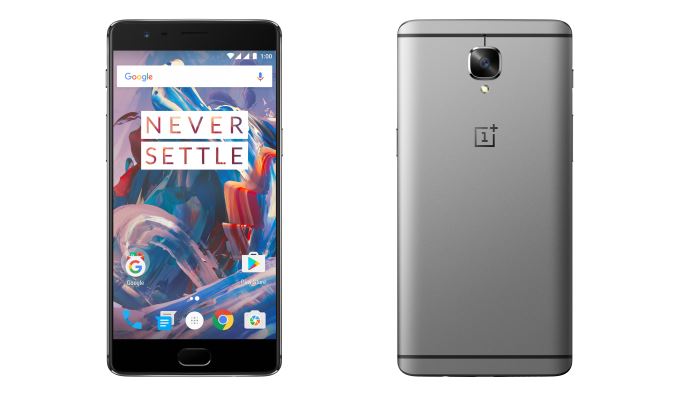

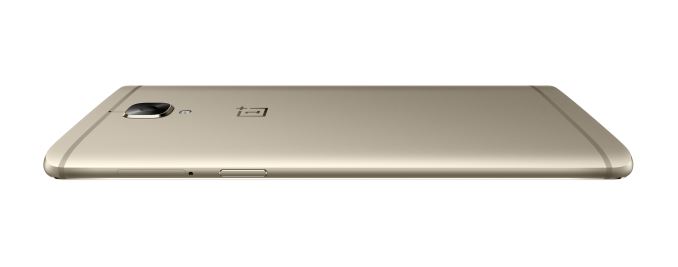

 Quote
Quote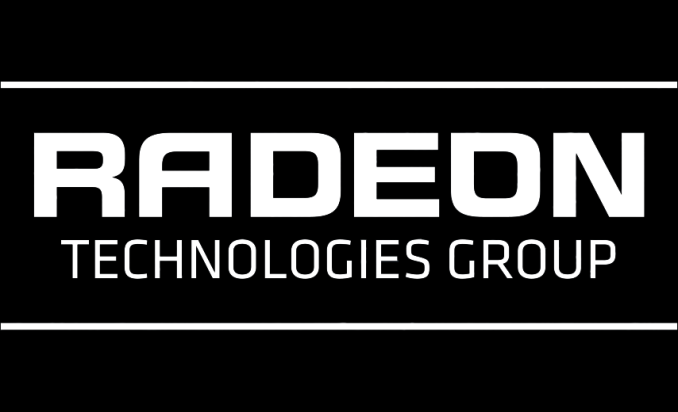
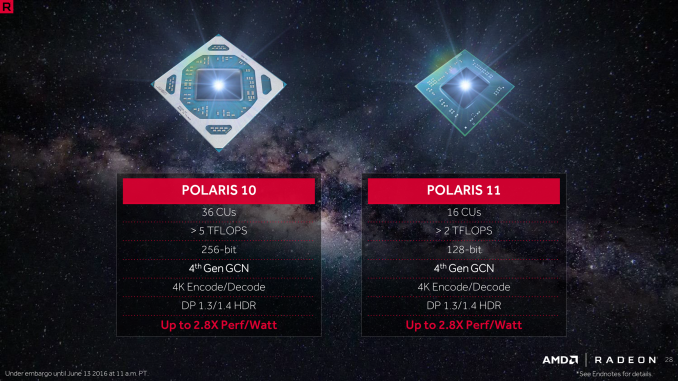
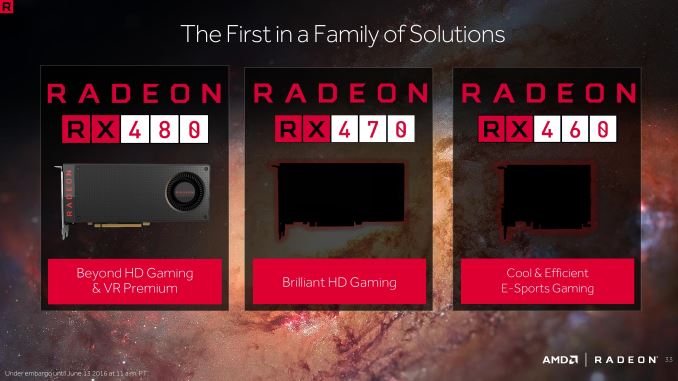
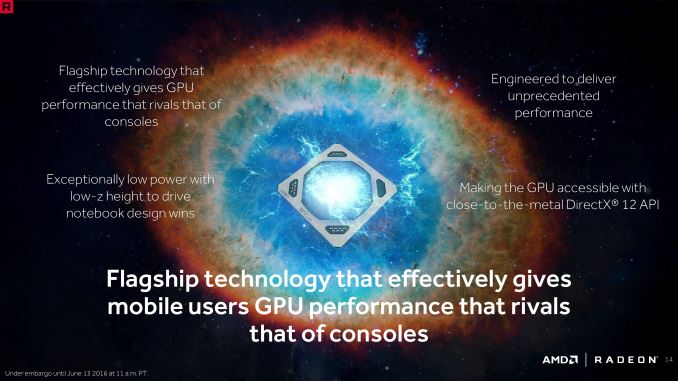







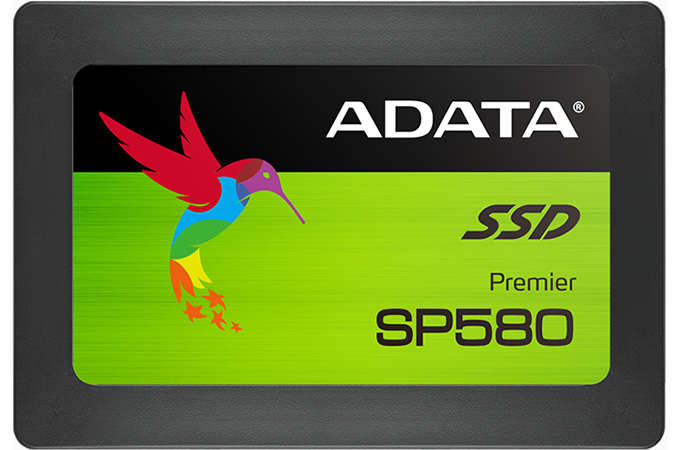

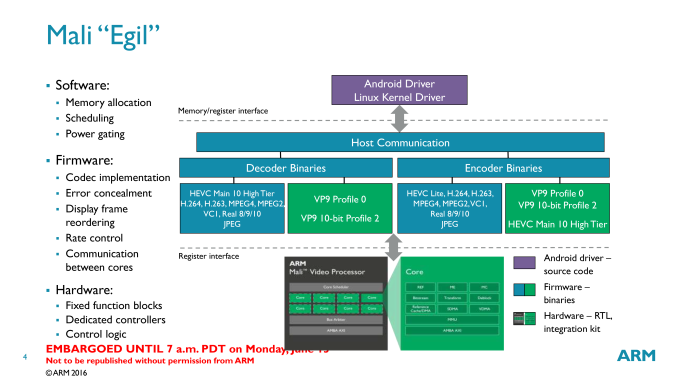
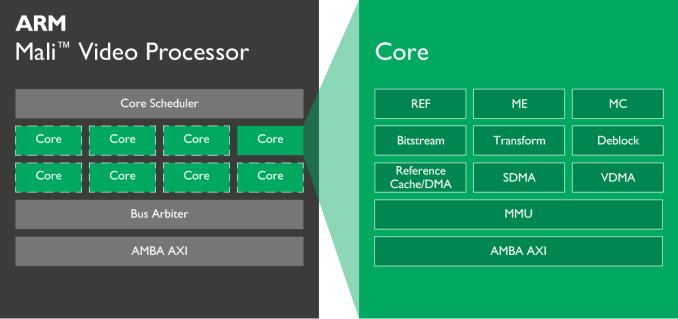
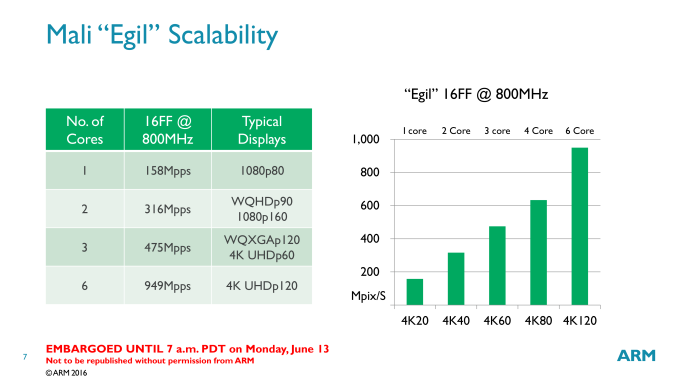

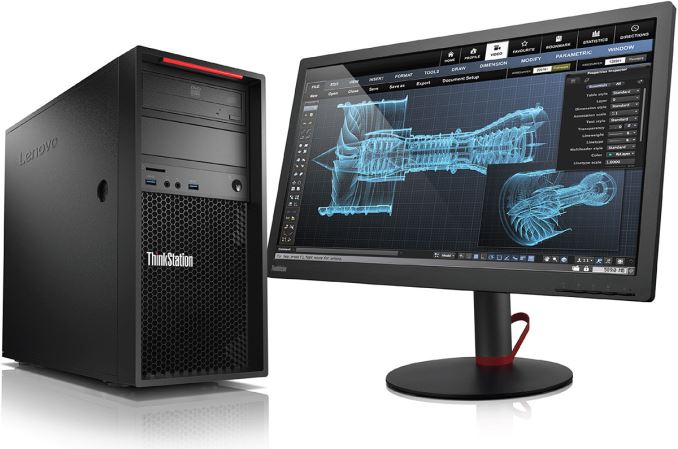
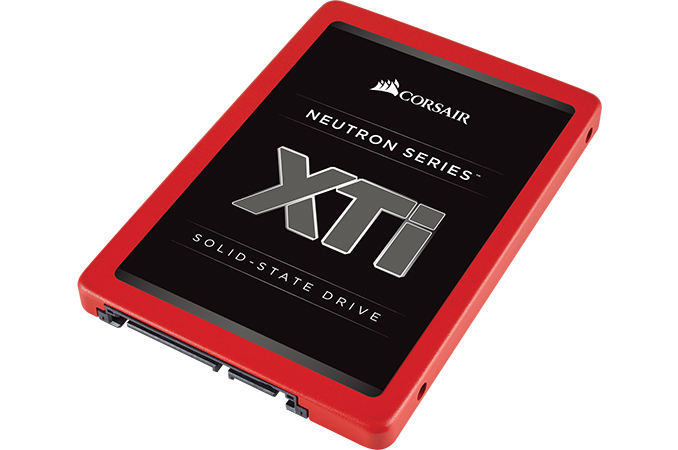
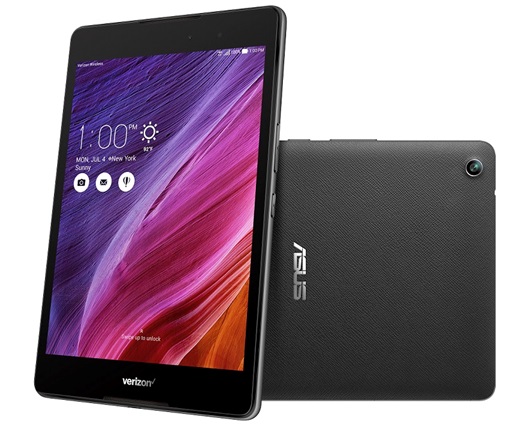

















Bookmarks